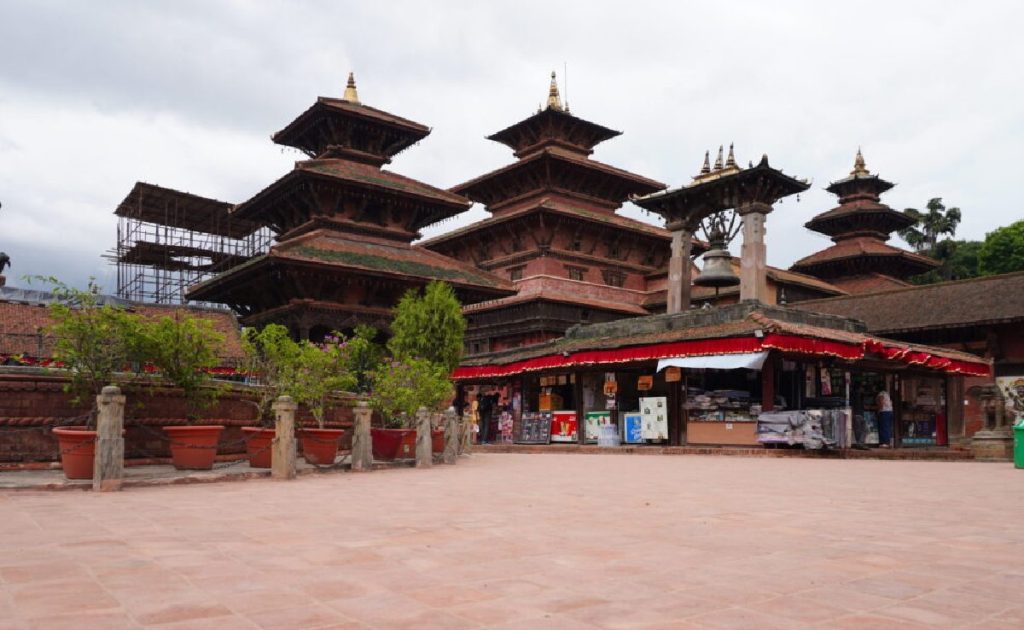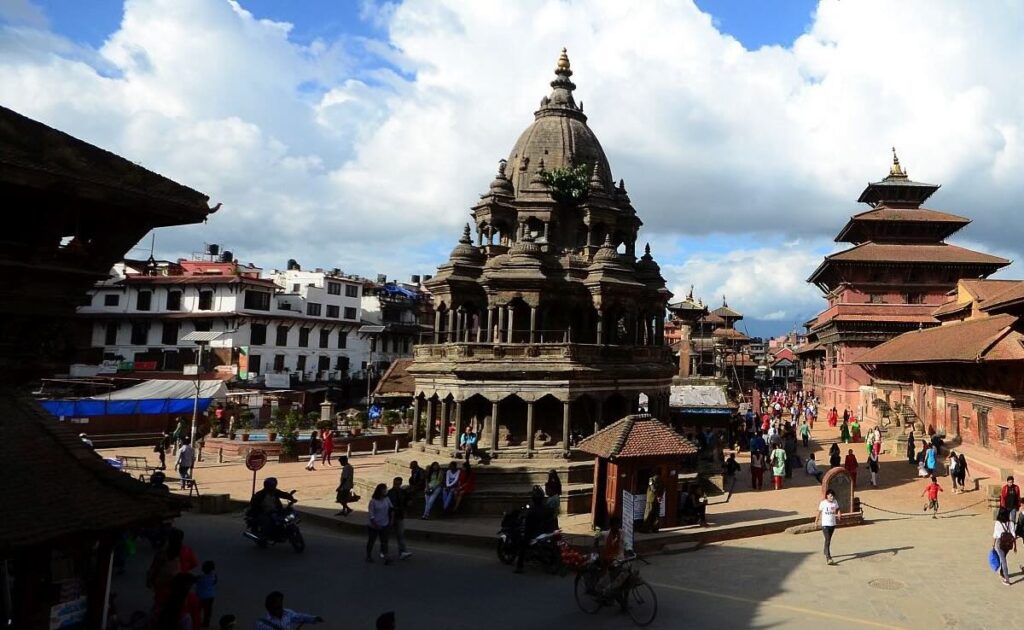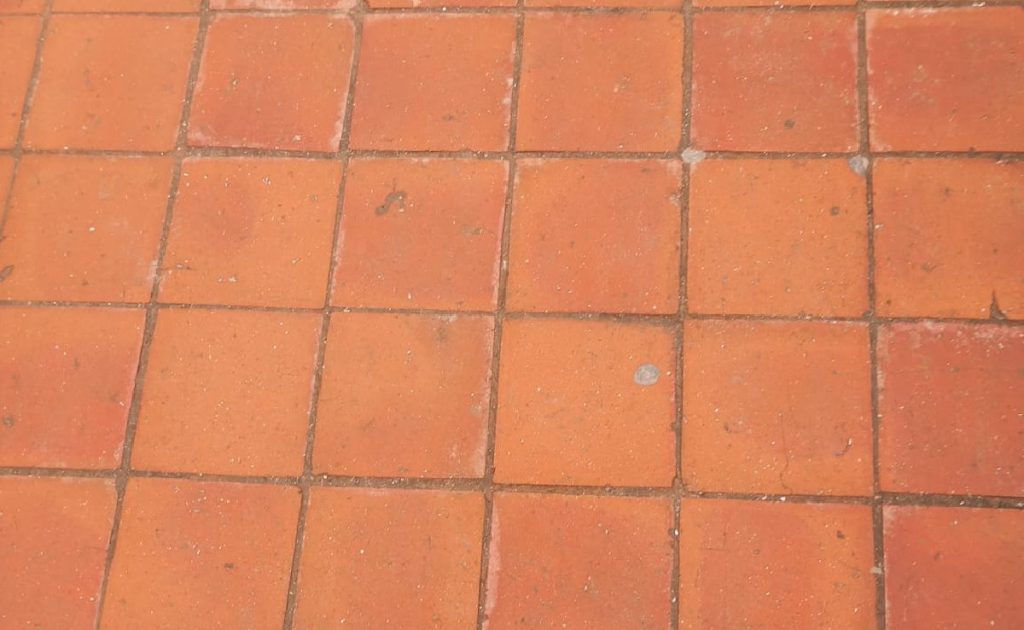
A Cultural Renaissance in the Heart of Lalitpur
Sunlight now dances on the glossy red surface of freshly laid telia bricks, giving Patan Durbar Square a glow it hasn’t had in decades. This recent Patan Durbar Square restoration in the heart of Lalitpur celebrates both beauty and authenticity, while reviving pride in Newari heritage.
A Living Museum of Temples and Traditions

Patan Durbar Square is often described as an open-air museum, and for good reason. Its temples, courtyards, and palaces reflect the artistry and devotion of the Newar civilization, especially during the Malla period.
Among its treasures are:
- Krishna Mandir – a stone-carved Shikhara-style temple, unique in the valley.
- Hiranya Varna Mahavihar (Golden Temple) – a Buddhist monastery rich in ritual and symbolism.
- Bhimsen Temple – honoring the deity of trade and commerce.
- Taleju Bhawani Temple – blending royal authority with spiritual reverence.
These monuments aren’t relics. Locals still worship here, gather in the courtyards, and pass traditions from one generation to the next.
Telia Bricks: Restoring Authenticity

The Patan Durbar Square restoration shows how traditional materials like telia bricks can bring heritage sites back to life. Craftsmen laid telia bricks—used since the Malla era—across pedestrian paths, temple courtyards, and public spaces. People prize these bricks for their durability, water resistance, and reddish sheen. Their finish not only withstands the monsoon but also blends well with the valley’s intricate wood and stone carvings.
The project cost about NPR 15.2 million and also raised the ground level by four inches. This subtle change improved drainage and accessibility while preserving the square’s original character.
Visitors notice the difference immediately. Walking barefoot or in shoes across the new surface, you feel the firmness underfoot and see how the colors and textures now flow seamlessly together.
A Valley-Wide Cultural Revival
Patan’s renewal reflects a broader movement across the Kathmandu Valley. Cities like Lalitpur, Bhaktapur, and Kathmandu are once again using traditional materials in public spaces—from falchhas (resting places) to community courtyards and temple surroundings.
These projects support local artisans, strengthen cultural identity, and show that tradition has a place in modern life. Travelers benefit too, as each step through these spaces feels more authentic—less like reconstruction, more like living history.
What It Means for Locals, Travelers, and Nepal’s Legacy
Locals regain pride and renew their connection to centuries-old traditions. Travelers enjoy a more immersive and authentic experience of Newari architecture. As for Nepal’s legacy, it sets a sustainable example of conservation—one that honors the past while building for the future.
Patan Durbar Square now shines again—not just as a historic site, but as a reminder that preserving tradition is also a way of moving forward.